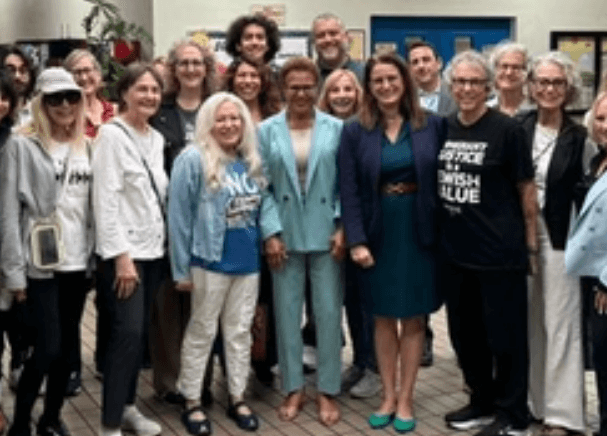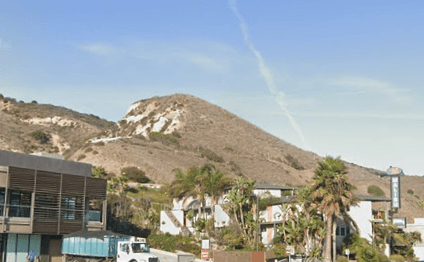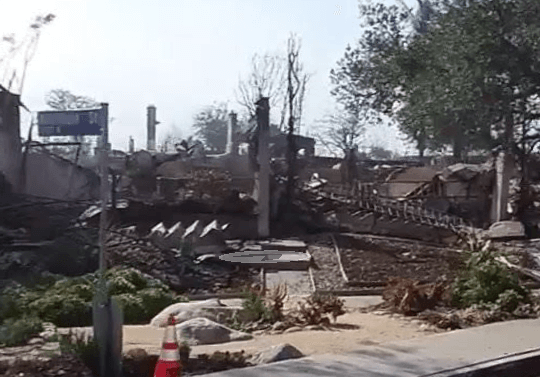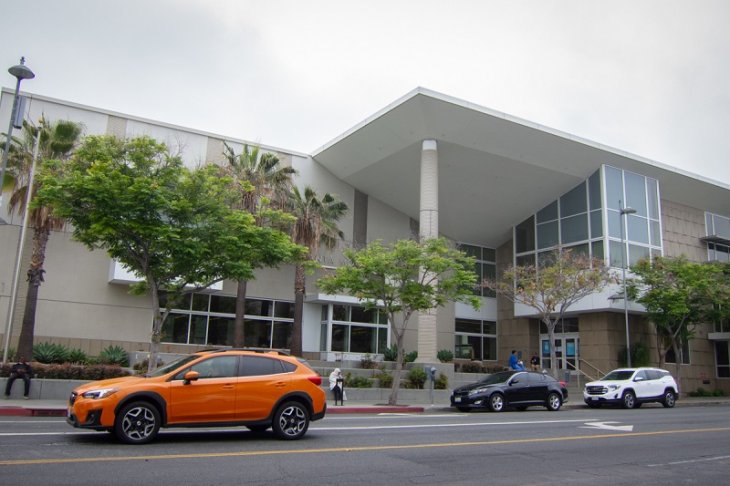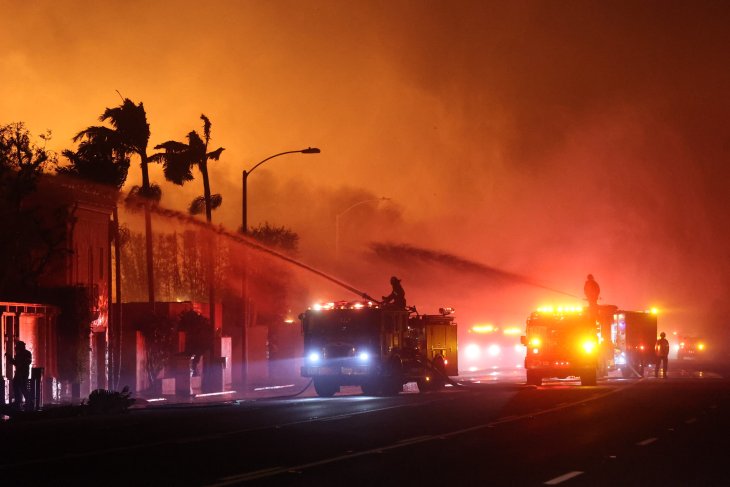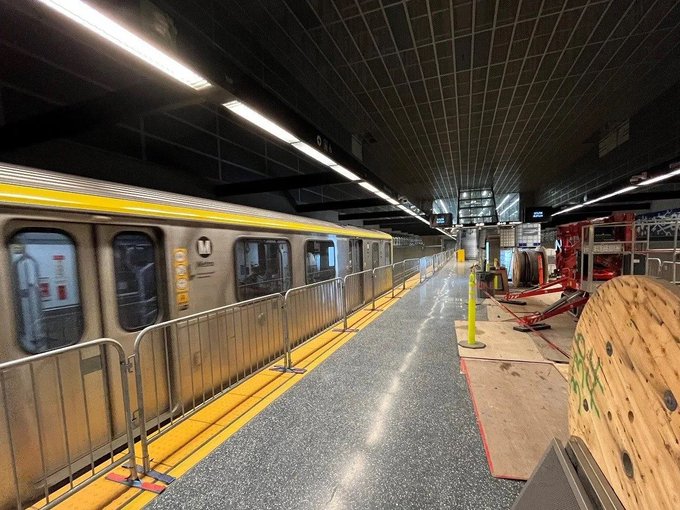By Tom Elias, Palisades News Columnist
The presidential election appears to be no contest in California, if the polls are correct, with Democrat Joe Biden leading Republican incumbent Donald Trump by as much as 39 percent, an unprecedented margin.
But even without a U.S. Senate race to liven things up this fall, there still figure to be plenty of close contests here, in several congressional districts and especially among the 12 initiatives on the Nov. 3 ballot.
Some of those congressional races, mostly in the Central Valley and Orange County, remained too close to call less than two months before Election Day – itself a non-realistic term when all voters will receive mail ballots and most will vote long before the official date of the election.
But clear-cut winners and losers can be spotted among the propositions.
Start with Proposition 15, the fight over the Split Roll, which aims to deprive commercial real estate of its current exemption under the 1978 Proposition 13 from frequent reassessment and property tax increases. In most years, this would have a solid chance, its sponsors promising around $12 billion in new funding for public schools, cities and counties.
None of that money, they say, would come from the pockets of most taxpayers, with the entire new bill footed by owners of factories, office towers, shopping malls and other businesses. But wait. With hundreds of companies sending staff home to work, and thousands of leases getting cancelled or going unrenewed, no one can know what office buildings and other commercial properties will be worth later this year or next. So the $12 billion promise is nebulous at best.
Plus, whatever businesses survive the coronavirus shutdowns will surely pass on to consumers via higher prices every cent of the rent increases that inevitably follow a tax increase. So it turns out the average taxpayer would foot this bill.
Once voters figure this out, — and the Howard Jarvis Taxpayers Association will speed that along – this measure doesn’t figure to do well. It’s a matter of the poorest possible timing and the impatience for change of labor unions behind the Split Roll. They’re ignoring very public advice to hold off two years until the next general election.
But the climate may be right this year for Proposition 16, aiming to end California’s 24-year ban on affirmative action in college admissions, hiring and other fields. Every poll says voters are more sympathetic now to helping minorities upward than they’ve been in decades. While affirmative action went down by a significant margin in a 1996 vote, there’s a good chance for a comeback now.
Another likely winner is Proposition 18, allowing 17-year-olds to vote in primary elections if they’ll be 18 by the following November’s general election. Plenty of senior citizens and middle-aged voters know that high school students taking civics classes can be well informed. Many will gladly opt to expand voting rights a bit.
Another potential winner is Proposition 19, letting homeowners over 55 change homes, but keep their property tax at the same level it’s been for years under the 1978 Proposition 13. This one, backed by realtors wanting to market more homes, might break up the logjam caused by seniors and others hanging onto properties larger than they really need because they can’t afford the taxes they’d have to pay if they buy another home. This would let older folks downsize more comfortably, while opening up buying opportunities for young families in areas where sales are now infrequent.
Reruns also adorn this ballot. Statewide rent control is back after losing badly two years ago. Unless voters have become far more left-leaning since that election – a possibility after two more years of observing President Trump – this one figures to lose again as Proposition 21.
New and larger staffing requirements for kidney dialysis centers are also back after losing two years ago, this time appearing as Proposition 23. It will likely lose once more if the big-money dialysis companies again convince voters this move would cause many dialysis centers to close.
There’s some predictability to all this, but nothing is certain among the propositions, even when it seems to be.
Email Thomas Elias at tdelias@aol.com. His book, “The Burzynski Breakthrough: The Most Promising Cancer Treatment and the Government’s Campaign to Squelch It,” is now available in a soft cover fourth edition. For more Elias columns, visit www.californiafocus.net





